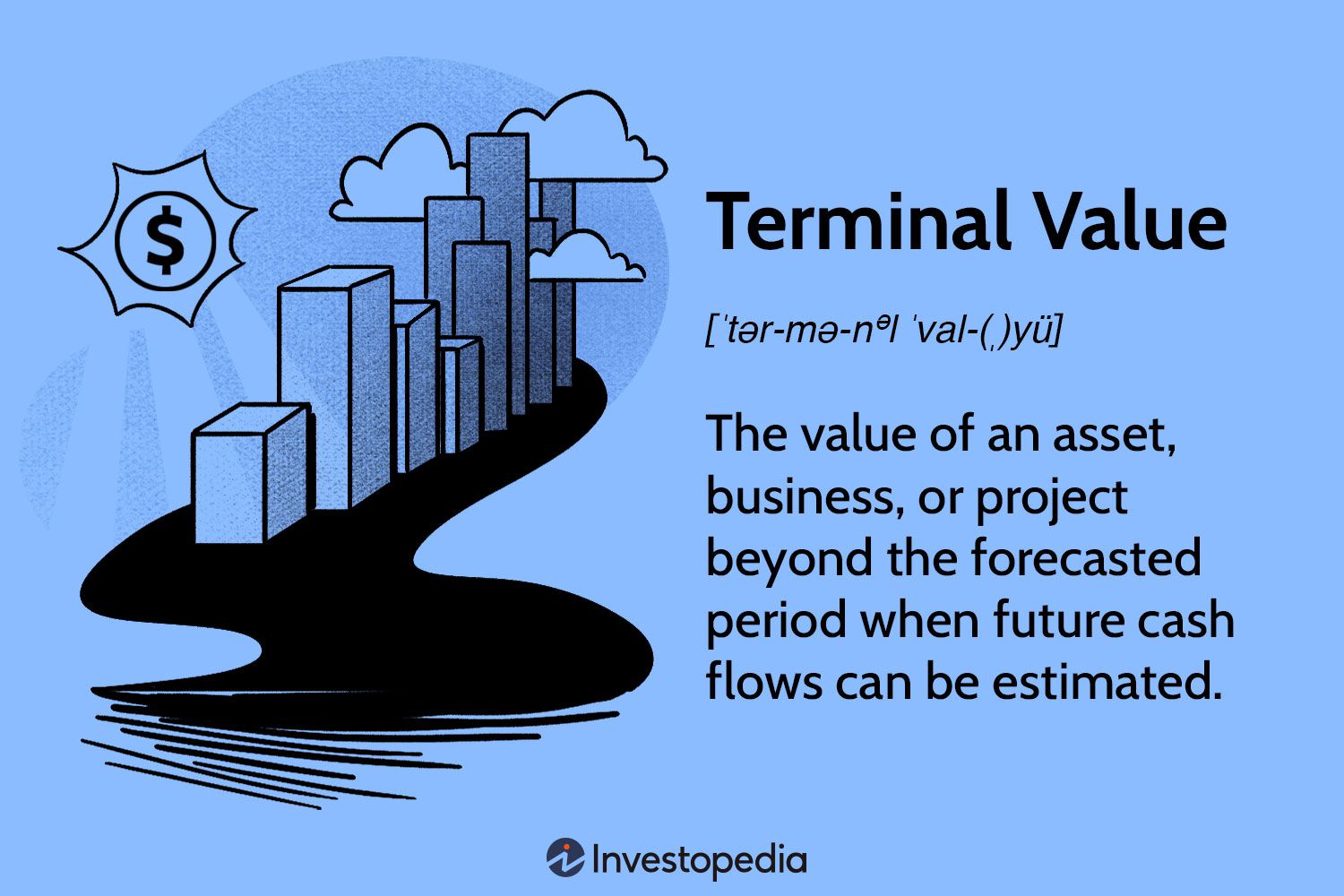When it comes to investment valuation, understanding the concept of terminal value is crucial. Terminal value is the value of an investment at a specific point in the future, often representing a large portion of the total value of the investment. This concept is extensively used in finance and investment analysis and is vital for making well-informed investment decisions.

Credit: www.wallstreetprep.com
Table of Contents
The Significance of Terminal Value
Terminal value plays a pivotal role in various investment valuation methods, particularly in the context of discounted cash flow (DCF) analysis. In DCF, the terminal value often accounts for a significant proportion of the total value of the investment. It represents the cash flow that occurs beyond the explicit forecast period and is typically determined using a terminal multiple or perpetuity growth method.
One of the key reasons for the importance of terminal value is its impact on the overall valuation of an investment. As the terminal value usually represents a substantial portion of the investment’s total value, any miscalculation or oversight in determining this value can lead to significant errors in the valuation process. Therefore, an accurate estimation of terminal value is essential for arriving at a reliable assessment of an investment’s worth.

Credit: www.lev.co
Estimating Terminal Value
Given the significance of terminal value, it is crucial to employ sound methodologies for estimating this critical component of investment valuation. The two primary methods for determining terminal value in DCF analysis are the terminal multiple and perpetuity growth method.
Terminal Multiple Method
The terminal multiple method involves applying a multiple to a measure of the investment’s cash flow at the end of the explicit forecast period to calculate its terminal value. This multiple is often derived from comparable companies or transactions in the market and represents the relationship between the company’s value and a financial metric such as EBITDA or free cash flow.
Perpetuity Growth Method
The perpetuity growth method, also known as the Gordon Growth Model, determines the terminal value by assuming that the cash flows will continue indefinitely at a constant growth rate beyond the explicit forecast period. The terminal value is calculated by dividing the cash flow in the final year of the forecast period by the difference between the discount rate and the growth rate.
Importance of Accurate Projections
Given that the terminal value is heavily influenced by the projected cash flows and the selected terminal growth rate, it is evident that the accuracy of these projections significantly impacts the reliability of the estimated terminal value. Any discrepancies in the projected cash flows or growth rates can lead to substantial variations in the calculated terminal value, potentially skewing the investment valuation.
It is imperative for investors and analysts to diligently assess and validate the assumptions underlying the cash flow projections and growth rates to ensure the soundness of the estimated terminal value. Thorough market research, industry analysis, and macroeconomic factors must be taken into account to derive realistic and defensible projections, thereby enhancing the robustness of the terminal value estimation.
Ensuring Sensitivity Analysis
Given the inherent uncertainties in investment valuations, conducting sensitivity analysis on the terminal value is essential to evaluate the impact of varying assumptions on the overall valuation outcome. Sensitivity analysis helps in understanding the degree of sensitivity of the terminal value to changes in critical input parameters such as discount rates, terminal growth rates, and projected cash flows.
By assessing the potential impact of different scenarios and assumptions on the terminal value, investors can gain valuable insights into the range of potential valuation outcomes and the associated risks. This proactive approach enables decision-makers to make more informed and well-grounded investment decisions, taking into account the inherent uncertainties and fluctuations in key valuation components.
Frequently Asked Questions For Terminal Value
Faq 1: What Is Terminal Value And How Is It Calculated?
Terminal Value is the estimated future value of an investment or business after a certain period. It is calculated using the discounted cash flow (DCF) method, which involves projecting future cash flows and applying a specific discount rate.
Faq 2: Why Is Terminal Value Important In Business Valuation?
Terminal Value is crucial in business valuation as it captures the long-term value and growth potential of a company. It allows investors and analysts to assess the attractiveness of an investment opportunity and make informed decisions.
Faq 3: What Factors Affect The Terminal Value Of A Business?
Several factors influence the Terminal Value of a business, including the growth rate of cash flows, the chosen discount rate, the industry’s stability and market conditions, the competitive environment, and the company’s market share. These variables must be carefully analyzed when estimating Terminal Value.
Conclusion
In conclusion, terminal value plays a pivotal role in investment valuation, particularly in the context of DCF analysis. Its significant contribution to the total value of an investment underscores the cruciality of accurately estimating this component. By leveraging robust methodologies and conducting thorough sensitivity analyses, investors and analysts can enhance the reliability and validity of the terminal value, thereby enabling more informed and prudent investment decisions.
